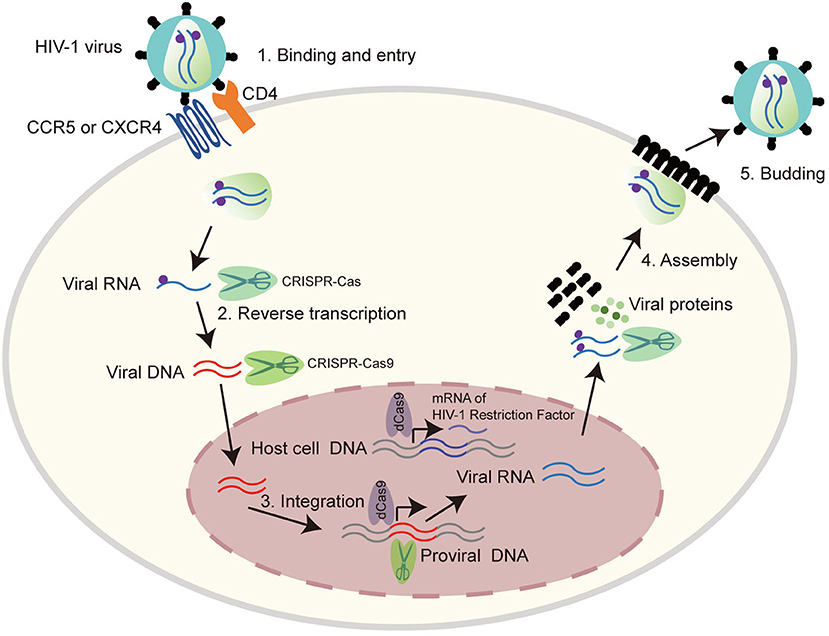What are the riscks in using gene therapy are we close to approval of such treatments?
The main concern is that gene therapy might create a Frankenstein cell, they would hit different genes rather than the intended goal, so it is great that this did not occur.China appears to be moving fast on such research and may get remedies approved earlier than the United States, June explained. He’s financial ties to some gene therapy companies and is leading another study testing CRISPR to fight cancer in the united states. Three patients have been treated up to now and some results are expected at the end of this season.
What is CRISPR/Cas9 system ?
CRISPR -clustered regularly interspaced short palindromic repeats is a family of DNA sequences found in the genomes of prokaryotic organisms such as bacteria and archaea. These sequences have been derived from DNA fragments of bacteriophages that had formerly infected the prokaryote.CRISPR works in coordination with CRISPR associated (CAS) genes, enabling prokaryotic adaptive immune systems to comprehend, react to, and remove foreign DNA. CRISPR/Cas chemical editing is called a molecular scissors since it essentially cuts the foreign DNA (plasmid and bacteriophage) from the prokaryotic genome. Analogies of CRISPR/Cas gene editing in prokaryotes are created to RNA interference or receptor found in eukaryotic organisms

Could CRISPR/Cas system be used for inactivation of HIV infection?
Scientists have made RNA guides to guide Cas9 to cleave unique areas of HIV viral DNA comprising essential genes along with the long terminal repeat.3 CRISPR/Cas9 gene editing led to significant reduction of HIV viral generation and disease in various research mobile versions, such as human pluripotent stem cells, primary CD4+ T cells, and CD4+ T cell lines. Theoretically, the removal of HIV viral DNA or enzymes necessary for viral expression in infected cells need to have the ability to inactivate or eliminate HIV disease.
Regrettably, researchers also revealed cells developed CRISPR/Cas9 resistance mutations in certain experiments. All these mutations clustered in the viral website once the Cas9 was led . Cas9 wasn’t able to cleave the targeted website and thus the CRISPR/CAS9 strikes were unsuccessful.HIV, like other viruses, was known to possess a well-developed capability to evolve immunity to other assaulting mechanisms like the human immune system and anti inflammatory drugs.

What is the most successful strategy for gene therapy of HIV, so far?
Combating HIV-1 disease, CRISPR/Cas9 was used to ablate chemokine receptor type 5 (CCR5) expression. CCR5 is a co-receptor and necessary for specific HIV types to get entrance into T-cells and lead to HIV disease. The mechanics of CCR5-ZFN relies on genetically engineered alterations of CCR5 that make CCR5 non-functional and tissues resistant to HIV infection. What is yet to be found is whether CCR5-ZFN/SB-728-T could replicate itself to further resistant cells and may restore immune cell functioning in infected hosts by preventing HIV entry into cells.
